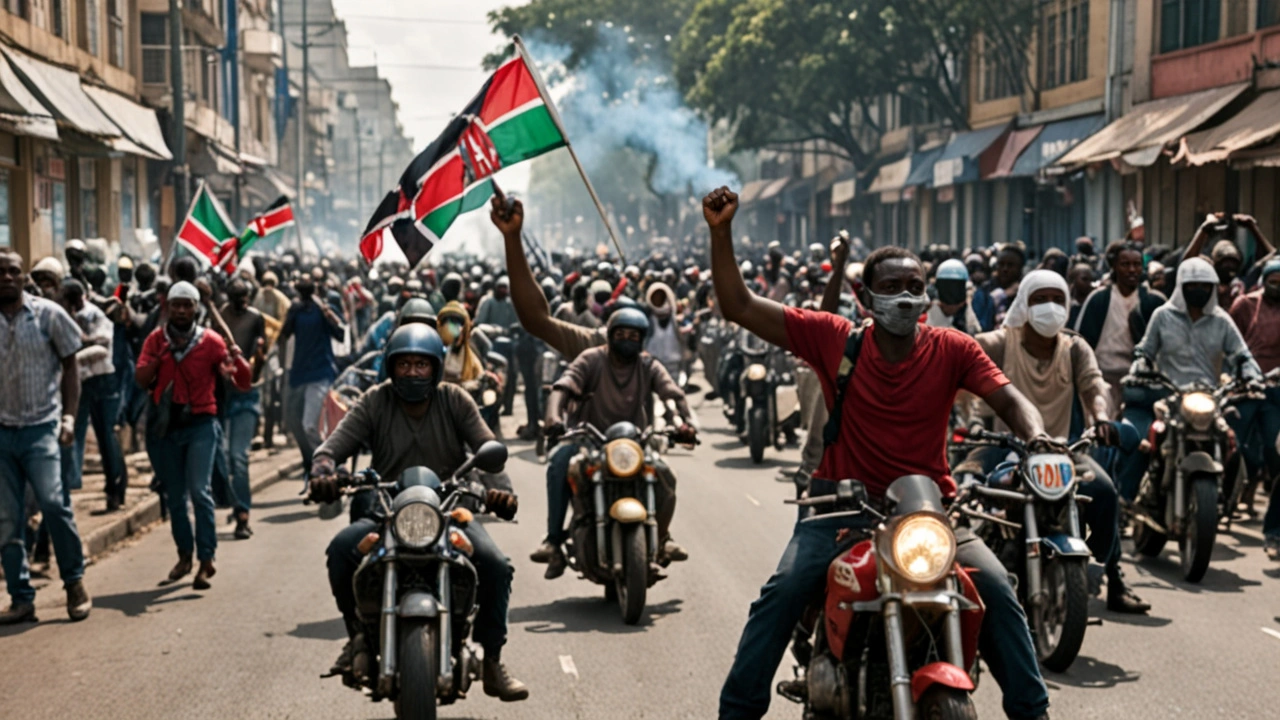Tear gas is often in the headlines during protests and public disturbances. But what exactly is it? Tear gas is a chemical agent used mainly by police and military forces to control large crowds by causing temporary discomfort. It irritates the eyes, skin, and respiratory system, prompting people to disperse quickly. If you've ever wondered why it burns the eyes and noses of protestors, tear gas is the reason.
Despite the name, tear gas isn't truly a gas but usually a powder or spray that becomes airborne. The main chemicals cause intense eye watering, coughing, and difficulty breathing. These effects wear off within minutes to hours, but the intensity can vary depending on exposure and individual sensitivity.
Authorities use tear gas primarily to control or disperse crowds during riots, protests, or violent gatherings. The goal is to avoid physical confrontation by encouraging people to leave the area. Tear gas can be launched in canisters or sprayed directly, with the former spreading larger areas quickly.
But it's a controversial tool. Many argue it can escalate tensions or harm people not involved in violence, like bystanders or peaceful protesters. Some countries regulate or ban its use due to potential health risks or misuse.
If you find yourself near tear gas, there are practical steps to limit discomfort. Try to move away quickly to fresh air. Avoid rubbing your eyes or face, which can worsen irritation. Rinsing eyes with plenty of water and breathing through a cloth may help ease symptoms. Also, remove contact lenses if possible, as tear gas can get trapped under them and cause more pain.
Wearing goggles and masks during demonstrations has become common to block tear gas effects. Staying informed about local laws and police tactics can also prepare you if you’re attending a protest or a crowded event where tear gas might be used.
Tear gas remains a widely debated topic because it balances public order with civil rights and safety. Knowing what tear gas does and how to react helps you protect yourself and others in unpredictable situations.
